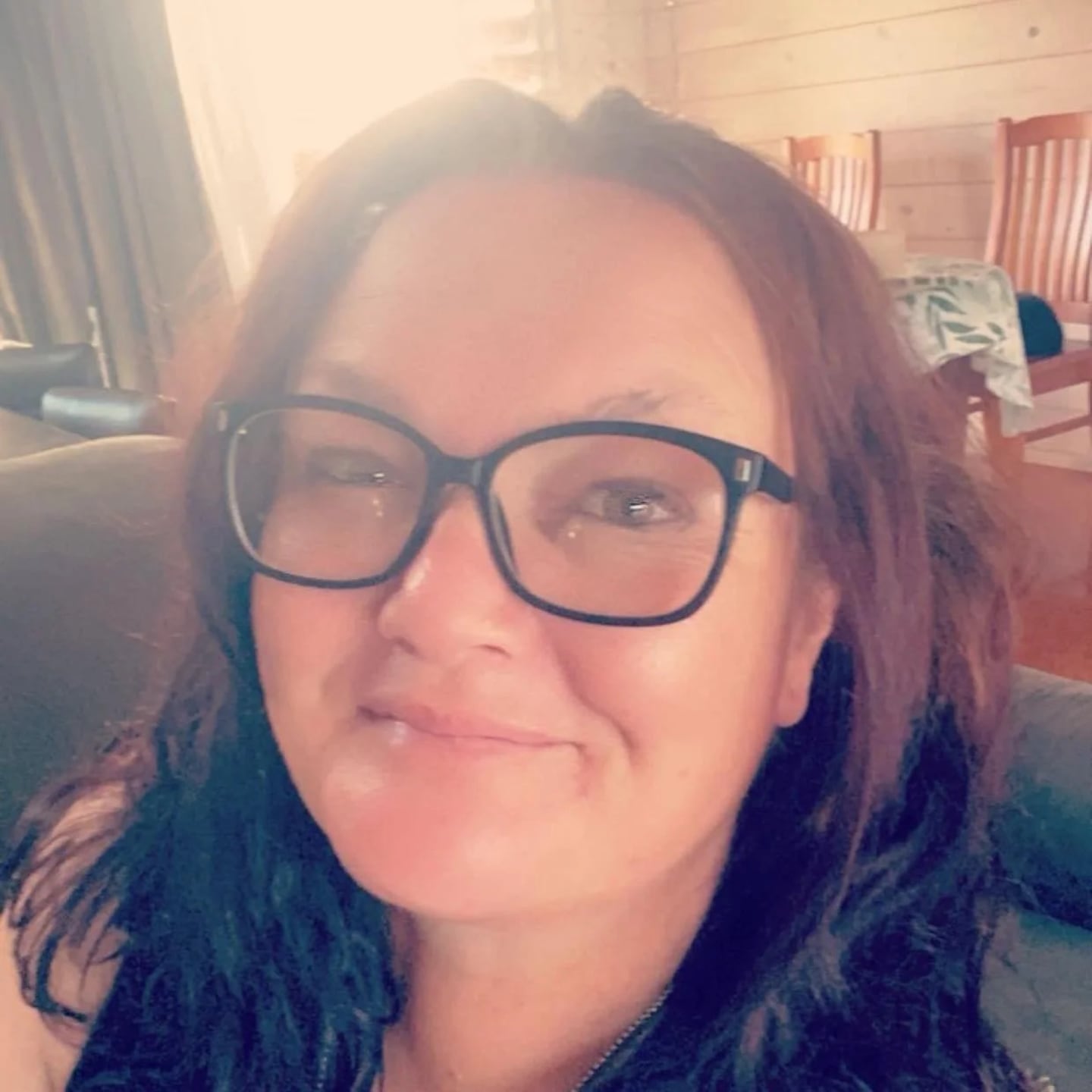This article was first published by Stuff.
Tessa Taurere lives about a five-hour drive from the GP clinic she’s enrolled at.
Taurere moved from West Auckland to Pukenui, in the Far North, in December.
The closest general practice is only about 10 minutes’ drive away but isn’t currently taking on new patients she says, so she’s kept her enrolment with her GP in Tāmaki Makaurau.
General Practice Owners Association (GenPro) estimates the number of people not enrolled in primary healthcare grew by 123,000 in the first quarter of 2024 — meaning 290,000 were not enrolled with their local GP.
Their estimates were based on recent Health New Zealand data, which showed primary care enrolments fell from 96.8% to 94.4%, in the quarter ending March 31.
GenPro also suggested “about half” of general practices have closed their books to new patients.
Taurere said Kaitaia Hospital’s emergency department is about 40 minutes away in case of an emergency, but that it’s a difficult journey back to Auckland if she needs to see her GP.
She hoped to get on a waitlist at a practice closer to home soon.
“It’s a bit of a worry,” Taurere said, but a “small price to pay to live in such a beautiful place”.
According to the Healthpoint website, in some regions only about a quarter of general practices were taking on new patients.
The books have been open at GP Dr Luke Bradford’s Tauranga practice since about March, but it “took three years to get to a position to do that”.
“The moment we opened [our books], we attracted nearly 1000 patients in nearly six months... because there is that need out there”.
Opening their books again required recruiting doctors and building extra rooms at the practice, he said.
General practices may open and close enrolments depending on staffing, patient workload and physical space of their clinics, he said.
Bradford, medical director at the Royal NZ College of GPs, said that enrolments declined in the first quarter of the year was “a marker that the system is under pressure”.
Bradford said challenges came from both pressure on GPs and an inability to recruit GPs, and population growth.
In a January briefing to Health Minister, General Practitioners Aotearoa warned that a “critical shortage” of GPs means people wait longer for care, and new patients in some parts of Aotearoa “simply can’t register with a GP because their books are full”.
Bradford said there needed to be a focus on addressing structure and resourcing, making general practice more attractive to overseas doctors and medical students, and improving working conditions to reflect the work done.
GenPro says “severe” funding pressures on primary healthcare providers are making it harder for people to enrol.
Dr Angus Chambers, GenPro chair, said that “without significant change” to the way general practices are funded and regulated, they’re concerned “more and more people will not be enrolled with a local GP”.
Years of cost increases outstripping incomes and a GP shortage meant many general practices have become “financially unsustainable, closed, or reduced their services”, Chambers said.
“Closure means that communities lose access to mental health, injury and general health care, which is particularly hard in areas where there are no accessible alternatives.”
Fixing the situation would require investment to “retain the shrinking workforce, attract doctors to general practice, and recognise the quality and continuity of care they deliver”, Chambers said.
In its most recent quarterly performance report, Health New Zealand said there continued to be high rates of patient enrolment.
“Primary care continues to manage workforce and resourcing constraints, resulting in some being unable to enrol new patients,” its July report stated.
Despite these pressures, enrolments remained close to the 95% target.
Primary Healthcare Organisations (PHOs) were working with general practices to encourage enrolment based on capacity constraints and local priorities, it said.
Health New Zealand living well director Martin Hefford said general practice and primary care are “cornerstones” of the health system.
Growing the health workforce - particularly the GP workforce - was a “key priority”, as “all New Zealanders must have access to these vital services”.
Overall, Health New Zealand reported the proportion of people enrolled decreased “slightly” to the end of March, and anticipated this “may continue” into the quarter ending June.
This decreased rate was because the Stats NZ population estimate “increased” in that quarter, Hefford said.
Hefford said, looking at the total PHO population enrolled monthly, the number of people enrolled is “increasing steadily every month”.
In July 2024, 2.3% more people were enrolled than in July 2023.
Hefford said there were a number of initiatives underway to support general practice and wider primary care, and ensuring accessibility of these.
These included strengthening the GP training pathway and increasing the number of GPs trained annually to 300 by 2026, with a focus on training more Māori and Pacific GPs; and providing funding to practices that offer community-based placements for post-graduate year 1 and 2 interns.
As this was being done “in the face” of a national and international GP shortage, “it will take time to increase numbers”.
Out of $419m funding increase for primary, community, public and population health services in Budget 2024, Health NZ’s Board approved an additional $233m for annual price uplifts for the primary and community sector for 2024/25.
It was currently working with providers to agree how to target and deliver on expectations of available funding, Hefford said.
By Hannah Martin of Stuff.



